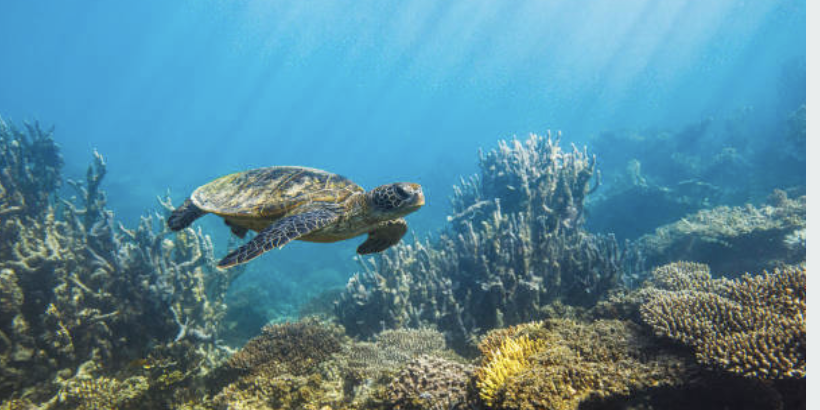Jamaica isn’t just known for its beaches, reggae, and jerk chicken — it’s also a key nesting site for sea turtles in the Caribbean. Every year, these ancient mariners return to the island’s shores to lay their eggs, continuing a cycle that has lasted for millions of years. If you’re lucky enough to be in Jamaica between June and November, you have a real chance of seeing this natural wonder firsthand. But there’s a right way to do it — one that respects the turtles and supports local conservation efforts.
The Sea Turtles of Jamaica
Three species of sea turtles nest in Jamaica: the hawksbill, the green, and the loggerhead. The hawksbill is the most common nester and is also critically endangered. These turtles come ashore at night, digging nests and laying up to 150 eggs before returning to the sea. Around two months later, the tiny hatchlings emerge and make a mad dash for the water — if they survive the predators, plastic, and lights in their way.
Sea turtles face intense threats, including habitat loss, poaching, and climate change. Jamaica has made real progress in protecting them, but they’re still vulnerable — especially during nesting season.
Where to See Sea Turtles in Jamaica
If you want to witness turtles nesting or hatching, here are the best places to go:
-
Treasure Beach (St. Elizabeth Parish): A quiet, community-driven area where local conservationists work to protect nests. The beaches here are some of the most reliable for seeing nesting hawksbills.
-
Ocho Rios and Runaway Bay: While more developed, some resorts here partner with turtle conservation groups to give guests a chance to witness hatchings responsibly.
-
Bluefields Bay (Westmoreland Parish): Home to active turtle monitoring programs and one of the island’s lesser-known eco-tourism gems.
Avoid shining lights or using flash photography. Sea turtles are easily disoriented, especially hatchlings, which instinctively head toward the brightest horizon — usually the ocean, but sometimes streetlights or resorts lead them the wrong way.
How to Watch Without Harming
If you want to observe turtles ethically, follow these tips:
-
Go with a guide or conservation group: Groups like the Jamaica Environment Trust (JET) and Breds Foundation lead turtle walks and offer up-close experiences without harming the animals.
-
No lights, no flash, no touch: Even small disruptions can disorient turtles or cause them to abandon a nesting attempt. Infrared lights and red-filtered torches are the only acceptable options if lighting is necessary.
-
Respect barriers and signage: Conservation teams often mark or fence off nests. Don’t cross these lines.
-
Avoid beachfront bonfires and parties during nesting season: These are often deadly distractions for turtles and their hatchlings.
Supporting Conservation
Watching turtles is one thing — helping them survive is even better. Here’s how you can support the effort:
-
Donate to local groups working on turtle conservation. Your money goes to nest patrols, community education, and rescue operations.
-
Stay at eco-conscious accommodations that support turtle-friendly lighting and local conservation work.
-
Volunteer: Some programs allow visitors to take part in monitoring nests or releasing hatchlings, especially around Treasure Beach.
-
Pick up your trash (and others’ if you can). Plastic waste is one of the biggest threats to turtles, especially hatchlings who mistake it for food.
Final Thoughts
Jamaica offers more than postcard beaches — it’s a living, breathing ecosystem where sea turtles play a vital role. Seeing one in the wild is unforgettable, but how you do it matters. Respect the wildlife, support the locals doing the hard conservation work, and you’ll walk away with memories that mean something.
Want to make a difference while having an incredible experience? Time your next Jamaican adventure to line up with nesting season, and you might just witness one of nature’s most powerful moments.









